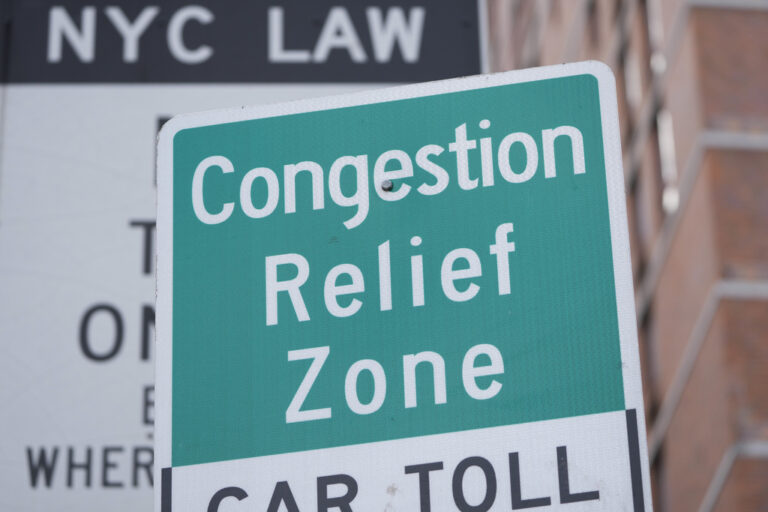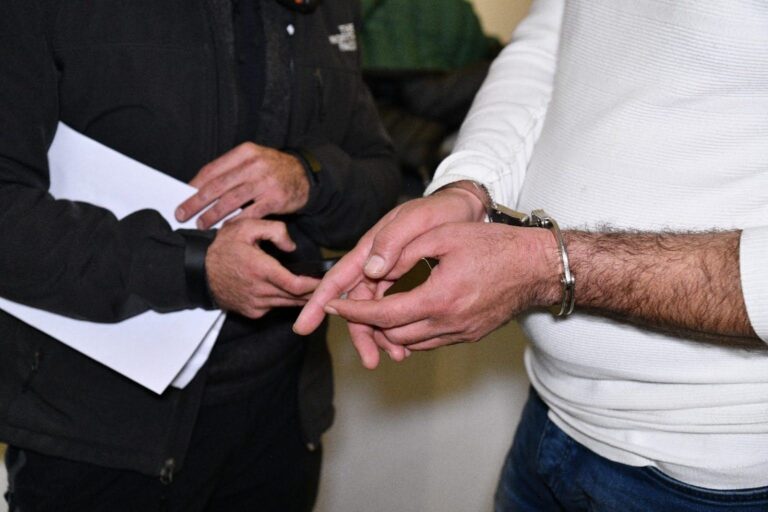 Billions of gallons of untreated sewage flow into New York waterways annually, but it remains difficult to tell when and where to avoid contact despite a new law mandating prompt public notice.
Billions of gallons of untreated sewage flow into New York waterways annually, but it remains difficult to tell when and where to avoid contact despite a new law mandating prompt public notice.
Overflows of combined storm water and human waste from municipal sewer plants occur often after heavy rains into big rivers like the Hudson, Mohawk and Niagara as well as smaller tributaries and other waterways. A storm July 19 knocked out the sewage treatment plant in Niagara Falls, sending more than 100 million gallons of wastewater into the Niagara River.
Plant shutdowns and broken pipes among aging systems can dump less frequent but more concentrated human wastewater from toilets, showers, laundry drains and factories.
The law effective May 1 requires municipal plant operators to notify health officials within two hours of a spill and the public within four hours. But that’s not happening yet.
State environmental officials recently began daily online updates of spill reports they receive and expect to issue proposed compliance regulations this fall. They are working on prompt-notification software for plant operators and considering the state’s NY-Alert system for immediate spill notifications. New Yorkers can already subscribe for prompt text messages on traffic, weather and other emergencies.
Many plant reports are filed late and incomplete, showing “unknown” spill volumes.
Rich Lyons, executive director at one of Albany County’s two large sewage treatment plants, said operators already call environmental and health officials right away if they have a major sewage discharge, which he said happens seldom at his facility. The Albany plant, which has spent millions of dollars on recent upgrades, captures, dries and burns the vast majority of human waste and sludge from sewage and stormwater.
The Department of Environmental Conservation has received 447 reports of releases of untreated or partially treated sewage since May 1 under the new right-to-know law, agency spokesman Peter Constantakes said. The law required reporting only from plant operators with the capability to do it, and the agency “has determined that the technology to reliably detect and measure discharges from the majority” of plants doesn’t yet exist, he said.
The DEC, which has estimated $36 billion is needed over the next 20 years to repair and upgrade sewer systems at 643 municipal treatment plants, already posts wet weather advisories at sewer system outflows, pipes and culverts that flow into waterways. The alerts caution people that raw sewage with harmful bacteria may be in the water during or after heavy rain or snowmelt.
“How’s that kid supposed to know? How’s that mom supposed to know?” said Riverkeeper patrol boat captain John Lipscomb, cruising last week past a woman with her small child playing at the Hudson River’s edge at the confluence of the Wynantskill Creek near Troy.
Riverkeeper is an environmental group that advocates for a clean Hudson River.
In June, Lipscomb’s water sample showed microbial counts “off the charts” there from a sewage spill that left toilet paper in the stream. He told DEC officials who investigated and contacted sewer plant operators who fixed a blockage within days.
Lipscomb samples and tests water from 74 spots along the 155-mile Hudson estuary from Troy to Manhattan. His data show the river around the Albany area had unacceptably high levels of fecal bacteria about half the time, higher than most sampling sites downstream, except those at Kingston, Newburgh, Yonkers and the Gowanus Canal in Brooklyn.
The Albany and Troy sewage treatment plants under their state permits will begin next year disinfecting with chlorine and ultraviolet light to kill remaining bacteria in the water they release, Lyons said. “We’ll be meeting water quality standards in dry weather,” he said.
On Tuesday, Lipscomb also sailed past teenage boys fishing from atop culverts in Troy and Albany that are also sewer plant outflows. Riverkeeper posts its Hudson data online and recently had a software developer create a statewide online map that updates sewage discharge information around the state each day.
Hudson contamination from sewage is often localized and gradually diluted as the river flows and self-flushes as an estuary of the Atlantic Ocean.
New York City’s roughly 25 billion gallons released into city waterways from about 50 overflows annually includes 12 percent raw sewage mixed with storm water. The Department of Environmental Protection maintains an online map of 28 waterways that are marked in red during presumed discharges based on rainfall. Since 1980, it has increased the capture rate of sewage overflows from 30 percent to 72 percent and says New York Harbor is the cleanest it’s been in a century.
Residents can also sign up for Notify NYC emails or text messages of waterbody advisories.
The DEP’s ongoing effort is to capture rainwater and keep it out of the sewer system to prevent overflows, spokesman Ted Timbers said.
“Seventy-one percent of the city is impervious, so all storm water goes into the combined sewer system,” he said.
(AP)










